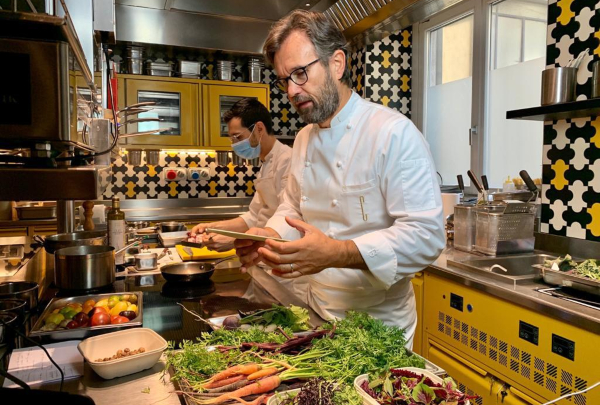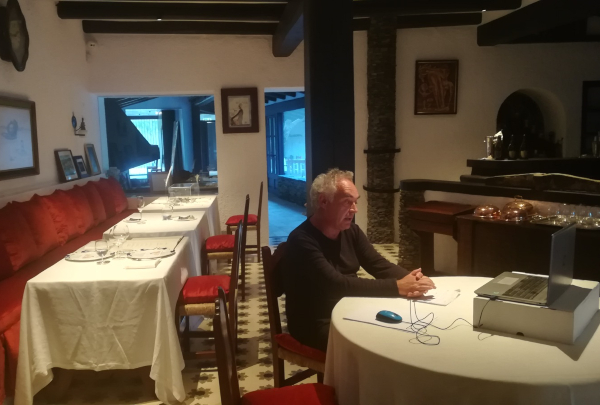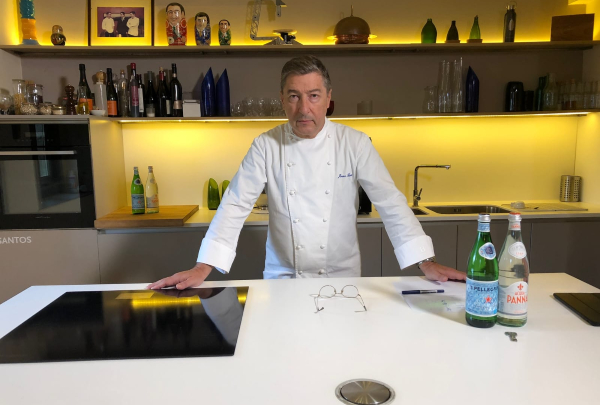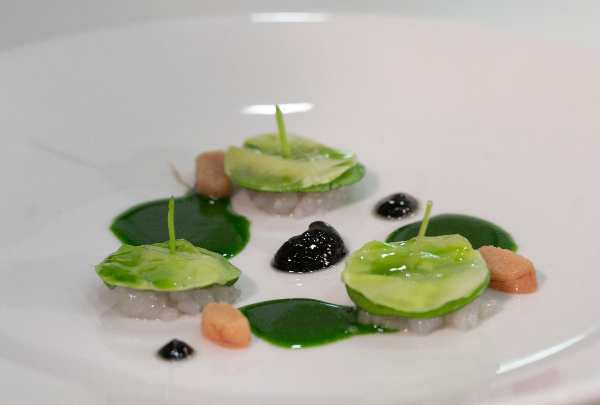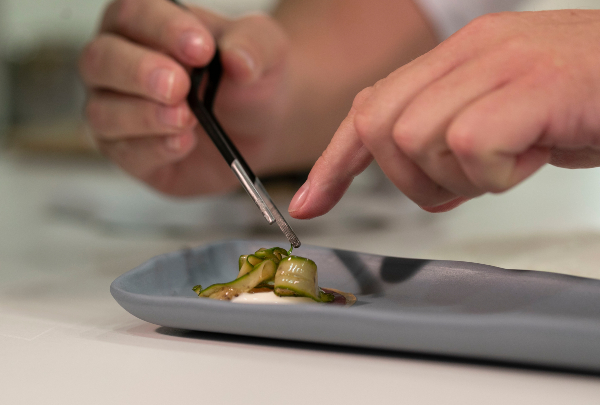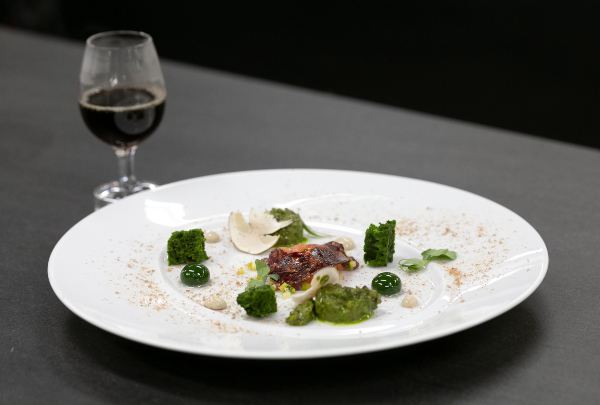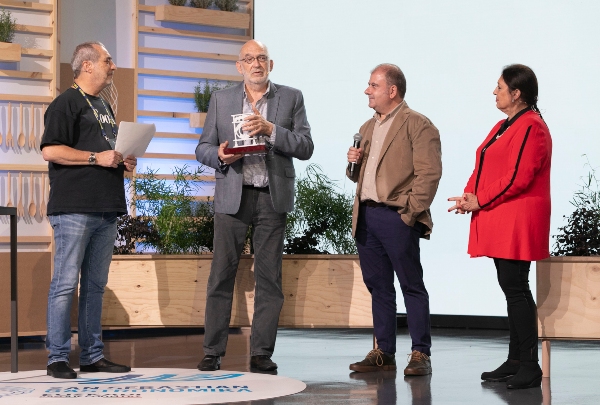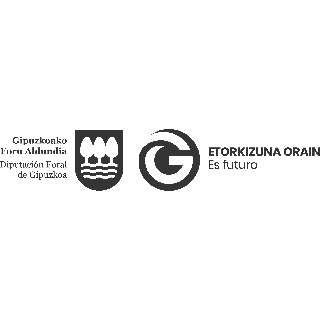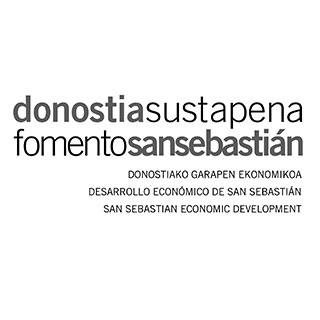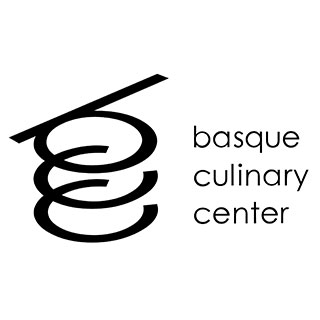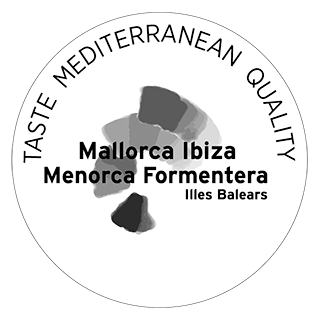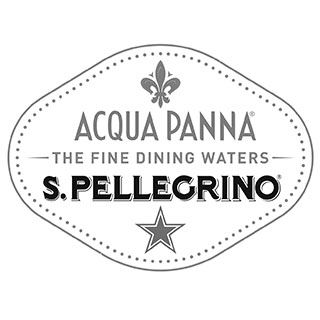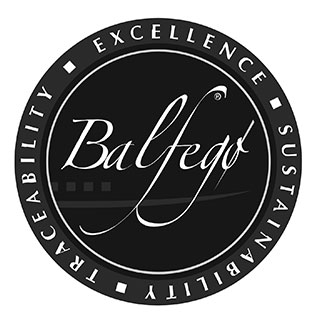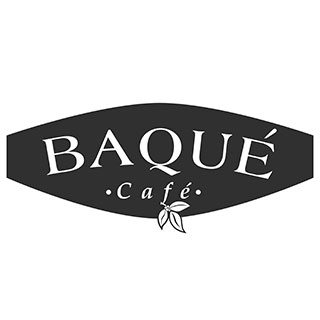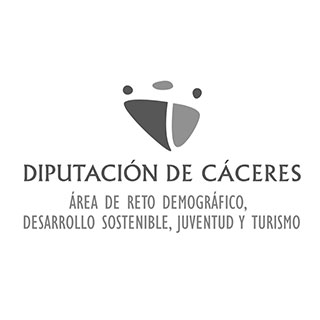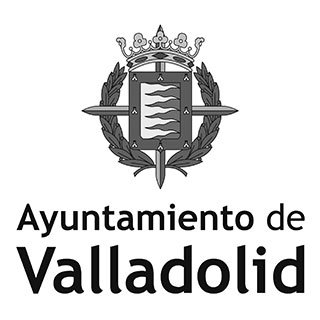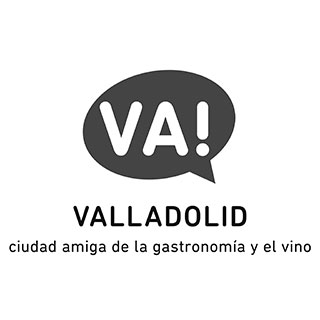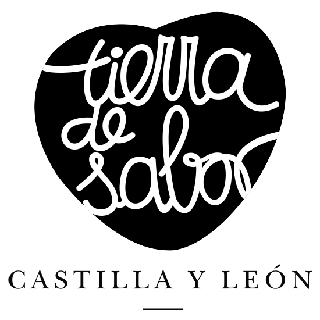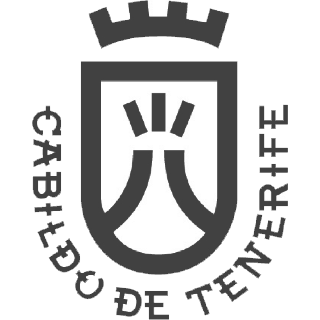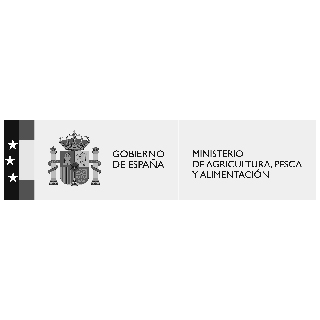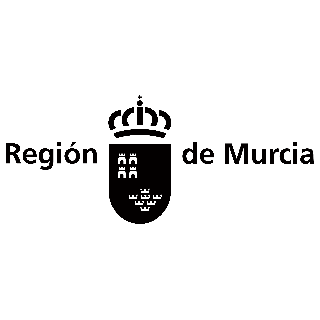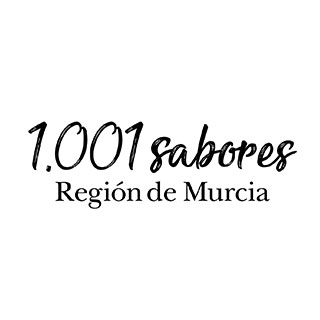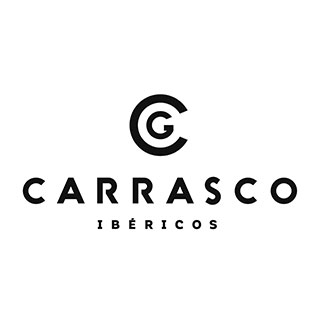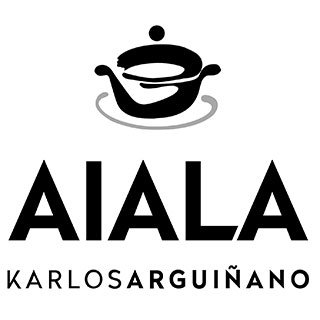News
Miguel Ángel de la Cruz takes advantage of the region to find new flavours
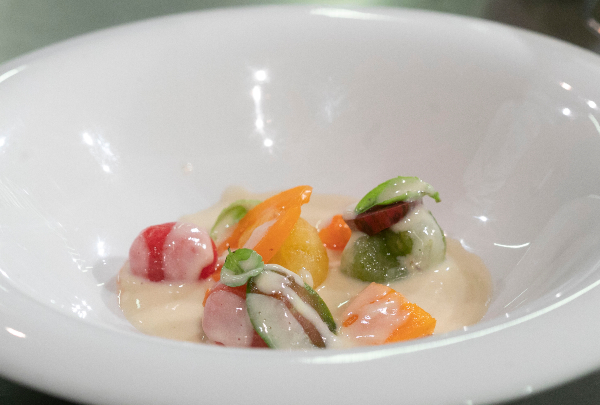
The chef at La Botica (Matapozuelos) took us on a culinary journey through the flavours of Castile and León, highlighting not only the produce and producers, but also the environment itself as a supplier of delicacies.
In a presentation sponsored by Tierra de Sabor, the chef from Valladolid demonstrated how a variety of gastronomic creations can be put together from local products. De la Cruz began by highlighting the great variety of agri-food products produced by Castile and León due “not only to its vast area, but also to the region's great agricultural culture”.
Cereals, vegetables... Just to mention the products from the land. Miguel Ángel makes use of all of them in his kitchen to transfer the essence of the region to his dishes. Of special interest to the chef are Castilian cereals and the wide range of wheats (durum, florence aurora...). But beyond their usual uses, the chef from La Botica wanted to show us at San Sebastian Gastronomika - Euskadi Basque Country how to handle them, from germination and fermentation to making a cold soup. De la Cruz stimulated the germination of the cereal and when it began to open, he put it in a jar of water to ferment. “We will use this water as a vinegar because of the deep acidity it takes”, explained the chef. From there, using the mixture obtained from crushing pine nuts in this water, “we will make an ajoblanco sauce, due to its texture, but transported to Valladolid”. The base of the dish is made up of tomato varieties from Tudela del Duero, with basil on top and pine nut soup with cereal water.
This was only the first dish. Miguel Ángel de la Cruz continued by exploring new ways of using legumes, another of the star products from his region. "There are many possibilities, beyond just cooking them", he assured us. He demonstrated this by making a bean paste by breaking them up in cold water and then, with tarragon vinegar, accompanying them with lettuce dressed with a trout jelly (made from a fish marinade). De la Cruz added that legumes also work very well when “roasted to flavour broths”.
And from vegetable garden produce to produce from the environment. Miguel Ángel, the food-gatherer, returned to tell us about green pinecones and their culinary possibilities. Exploring the forest surrounding La Botica is nothing new for this chef, and, on this occasion, he gave us a lesson on how to make the most of this natural resource. The chef cooked green pine cones in sheep's milk, “to tame them a little, as they are very astringent and acidic” and obtained a pine-scented milk cream from the milk curdled around the pinecone, which he then turned into ice cream. The pinecone itself was also used. Zero residue. Once cooked, he made a broth with them that he accompanied with a pine-nut cream and lacquered beef sweetbreads.
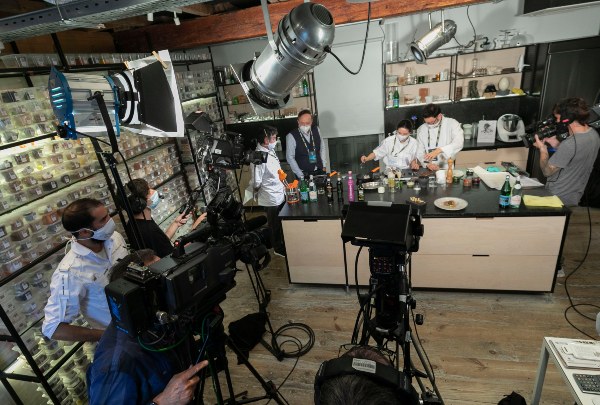

.jpg)
